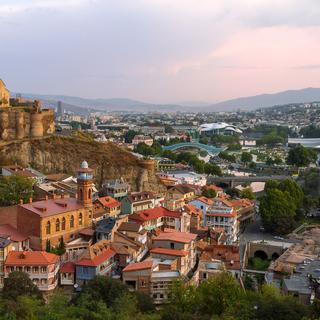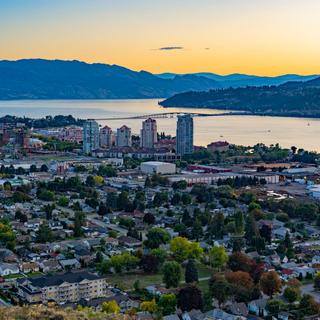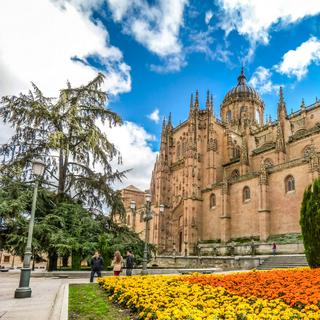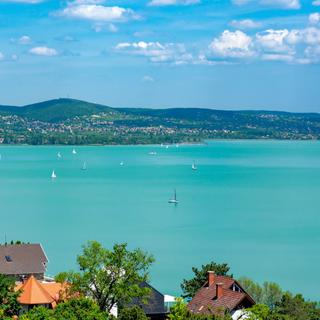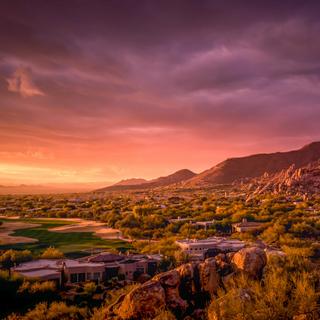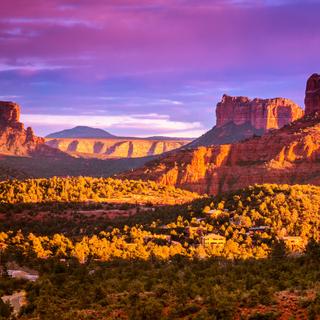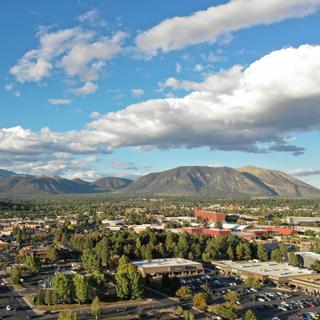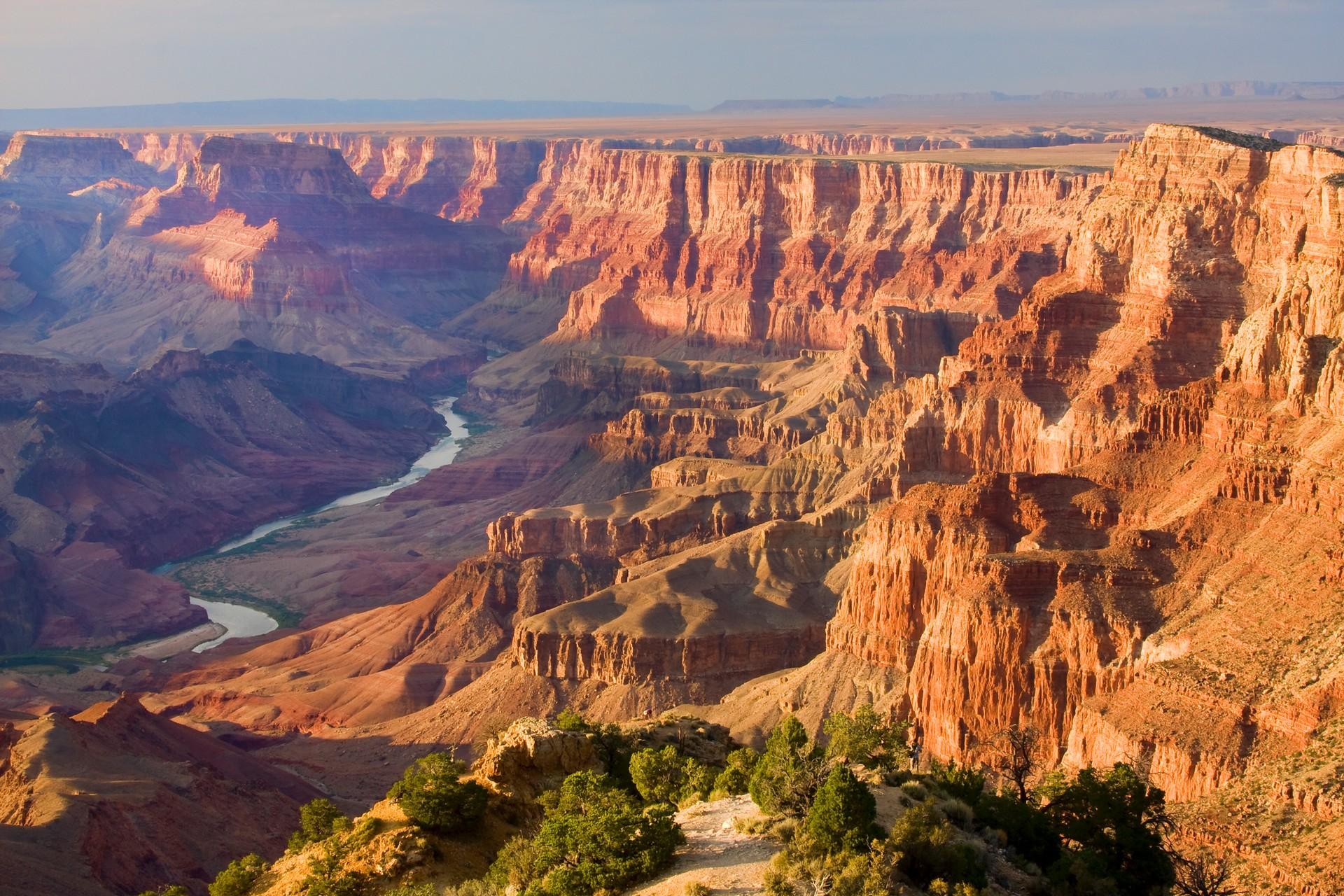
Grand Canyon weather and climate

Grand Canyon weather and climate
Day
29 °C
Night
12 °C
Precipitation
54 mm
in month
Rainy days
8 days
in month
Daylight
13 hours
average
Sunshine
11 hours
average
Humidity
45 %
Weather charts for Grand Canyon
Destinations nearby and activities
Destinations nearby
Activities in Grand Canyon

Find more destinations like this
Destinations with similar weather to Grand Canyon
Other destinations in Arizona - National parks
Closest cities for Grand Canyon
Weather overview for Grand Canyon
Weather overview
In the United States, the Grand Canyon is well-known for its breathtaking beauty and its predominantly moderate continental climate. Throughout the year, daytime temperatures can range from an average low of 7 °C (45 °F) in the coldest month to an impressive high of 30 °C (87 °F) during the peak of summer. Nighttime temperatures are similarly varied, starting at a chilly -6 °C (21 °F) during winter nights and reaching a comfortable 13 °C (55 °F) in summer. The region experiences its lowest rainfall in June, with an average of just 2 days of rain, in stark contrast to August, where the greatest amount of precipitation occurs over an average of 8 days of rain.
January weather
January in the Grand Canyon sees the daytime temperature at its lowest, averaging 7 °C (45 °F). The start of an increase in rainfall can be observed, as well as the peak in relative humidity, reaching 61 %.
February weather
February marks the beginning of increasing rainy days in the Grand Canyon, tallying 6 days. The gradual warming trend of both daytime and nighttime temperatures is noticeable, with values of 9 °C (48 °F) and -4 °C (24 °F) respectively. The increase in sun hours without clouds begins around this time.
March weather
March continues the upward trend with day temperatures reaching 12 °C (54 °F) in the Grand Canyon, and night temperatures also on the rise averaging -2 °C (29 °F). The number of sunny hours without clouds continues to increase, recorded at 9 hours.
April weather
Come April, the Grand Canyon experiences a higher day temperature average at 17 °C (62 °F). The trend of fewer rainy days begins with an average of 4 days, and a decrease in rainfall amount is also noted. The increase in sun hours continues, signaling the start of the tourist season. Wind speeds peak this month.
May weather
As May approaches, tourist activity nears its peak and the Grand Canyon's dry season is almost at its height. There is a noted decrease in rainy days, averaging 4 days, and rainfall amount at 13 mm (0.51 in). Daytime temperatures continue their ascent, hitting an average of 22 °C (72 °F), with nighttime temperatures also climbing to 5 °C (41 °F).
June weather
June's climate in the Grand Canyon is characterized by increasing day temperatures, peaking at 28 °C (82 °F). The minimal number of rainy days can be observed at 2 days, mirroring the low rainfall amount seen at 9 mm (0.37 in). Tourist activities continue amid the maximum number of sunny hours, recorded at 13 hours. Additionally, humidity reaches its lowest point at 27 %.
July weather
Tourism in the Grand Canyon remains steady through July, which sports the highest day and night temperatures, averaging 30 °C (87 °F) and 13 °C (55 °F) respectively. The frequency of rainy days begins to increase, standing at 7 days, and the start of a rise in rainfall amount occurs, measuring 42 mm (1.64 in). The decrease in sun hours initiates in this month.
August weather
In August, the Grand Canyon's day temperatures begin to cool off slightly, while the peak of rainy days is reached with 8 days, and rainfall amount also hits its maximum at 54 mm (2.15 in). The number of sunny hours continues to decrease following the previous month's pattern, registering 11 hours.
September weather
The ongoing tourist season is noticeable in September at the Grand Canyon, with a downward trend in day temperatures, noted at 26 °C (78 °F). The decrease in night temperatures also begins to show, indicated by 9 °C (47 °F). The gradual reduction of rainfall and wet days commences, resulting in an average of 35 mm (1.36 in) and 6 days respectively. The sunny hours persist in their downward trajectory, noted at 10 hours.
October weather
October in the Grand Canyon is marked by continued cool weather, brought on by decreasing day temperatures, now averaging 20 °C (68 °F), and falling night temperatures. The progression of fewer rainy days continues, reflecting in the count of 4 days. The downward trend in sunny hours persists, standing at 9 hours.
November weather
November's conditions in the Grand Canyon are characterized by a continued decrease in day temperatures, which average 13 °C (56 °F), and night temperatures, which also show a decline, averaging -1 °C (30 °F). The prospective dry and tourist seasons are forthcoming. The reduction in sun hours becomes more pronounced, now averaging 7 hours.
December weather
December heralds the beginning of rising rainy days, now amounting to 5 days in the Grand Canyon, while the daytime temperatures see a decline, now at 7 °C (45 °F). Nighttime temperatures hit their lowest point, averaging -6 °C (21 °F). The minimal number of sunny hours is recorded at 7 hours, and the wind speed reaches its low for the year.
FAQs
Describe the January weather in the Grand Canyon regarding temperature and precipitation.
January in the Grand Canyon is characterized by the coolest daytime temperatures, averaging 7 °C (45 °F), and a slight uptick in precipitation.
How does the number of rainy days in February compare to other months in the Grand Canyon?
February experiences the onset of more frequent rainy days in the Grand Canyon, numbering 6 days.
What is the overall weather trend in March for the Grand Canyon?
The Grand Canyon in March experiences a continuing rise in both daytime and nighttime temperatures, a clear sign of the approaching spring.
What changes are observed in rainfall and temperatures during April in the Grand Canyon?
April in the Grand Canyon is marked by a rising trend in daytime temperature and a reduction in both the number of rainy days and total rainfall.
How does May's climate affect outdoor activities in the Grand Canyon?
The climate in the Grand Canyon during May, offering warm and dry conditions, is conducive to a wide range of outdoor activities.
Describe the trend in daylight and precipitation during June in the Grand Canyon.
With June comes the least amount of rainfall and the lengthiest sunny hours, providing ample daylight in the Grand Canyon.
How does July's climate in the Grand Canyon differ from the drier months?
July in the Grand Canyon marks a departure from the drier months with more frequent rain, yet it maintains the highest temperatures.
Can you identify the peak period for rainfall in the Grand Canyon and discuss the temperature trend?
August at the Grand Canyon marks the acme of the rainy season and displays the start of a decline in daytime temperatures.
What modifications in the weather can be expected in September at the Grand Canyon?
The weather in September at the Grand Canyon reflects a cooling trend, with reduced rainfall and fewer wet days.
Explain the patterns of rainfall and temperature shifts in October at the Grand Canyon.
October in the Grand Canyon features a further drop in temperatures coupled with diminishing occurrences of rain.
What are the temperature and environmental conditions in November at the Grand Canyon?
November in the Grand Canyon sees further cooling, with day and night temperatures continuing to drop and shorter sun hours.
How does the onset of winter manifest in the Grand Canyon's December weather?
With the onset of winter, December in the Grand Canyon sees a rise in rainy days as well as the year's lowest day and night temperatures.
